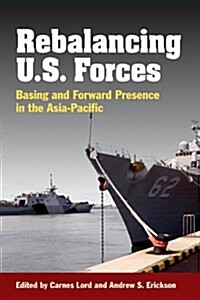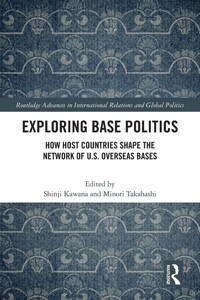
The dollar trap: how the U.S. dollar tightened its grip on global finance
- 개인저자
- Eswar S. Prasad
- 발행사항
- Princeton: Princeton University Press, 2014
- 형태사항
- xix, 408 p. : illustrations; 25cm
- ISBN
- 9780691161129
- 청구기호
- 327.9842 E82t
- 서지주기
- Includes bibliographical references and index
- 내용주기
- Prologue -- What is so special about the dollar? -- The paradox of uphill capital flows -- Emerging markets get religion -- The quest for safety -- A trillion dollar con game? -- Currency wars -- Seeking a truce on currency wars -- It takes twenty to tango -- The siren song of capital controls -- Safety nets with gaping holes -- Is the renminbi ready for prime time? -- Other contenders nipping at the dollar's heels -- Could the dollar hit a tipping point and sink? -- Ultimate paradox : fragility breeds stability
소장정보
| 위치 | 등록번호 | 청구기호 / 출력 | 상태 | 반납예정일 |
|---|---|---|---|---|
이용 가능 (1) | ||||
| 1자료실 | 00014916 | 대출가능 | - | |
- 등록번호
- 00014916
- 상태/반납예정일
- 대출가능
- -
- 위치/청구기호(출력)
- 1자료실
책 소개
Why the dollar is--and will remain--the dominant global currency
The U.S. dollar's dominance seems under threat. The near collapse of the U.S. financial system in 2008-2009, political paralysis that has blocked effective policymaking, and emerging competitors such as the Chinese renminbi have heightened speculation about the dollar's looming displacement as the main reserve currency. Yet, as The Dollar Trap powerfully argues, the financial crisis, a dysfunctional international monetary system, and U.S. policies have paradoxically strengthened the dollar's importance.
Eswar Prasad examines how the dollar came to have a central role in the world economy and demonstrates that it will remain the cornerstone of global finance for the foreseeable future. Marshaling a range of arguments and data, and drawing on the latest research, Prasad shows why it will be difficult to dislodge the dollar-centric system. With vast amounts of foreign financial capital locked up in dollar assets, including U.S. government securities, other countries now have a strong incentive to prevent a dollar crash.
Prasad takes the reader through key contemporary issues in international finance--including the growing economic influence of emerging markets, the currency wars, the complexities of the China-U.S. relationship, and the role of institutions like the International Monetary Fund--and offers new ideas for fixing the flawed monetary system. Readers are also given a rare look into some of the intrigue and backdoor scheming in the corridors of international finance.
The Dollar Trap offers a panoramic analysis of the fragile state of global finance and makes a compelling case that, despite all its flaws, the dollar will remain the ultimate safe-haven currency.
-- "Kirkus"

